I was born in southern Scania, specifically in the town of Simrishamn on the Baltic Sea, grew up in the neighbouring municipality of Tomelilla and attended upper secondary school in Ystad, another small coastal town nearby. This area, located an hour from the metropolitan area of Copenhagen and Malmö, is served by the SiTY train — a humorous reference to the rural surroundings of Simrishamn, Tomelilla, and Ystad. Having completed a PhD at Lund University, I spent several years working in Lund, Malmö, Stockholm and Copenhagen before returning to Ystad, where I retired and renewed my interest in analogue cameras and film photography.
I recently bought a Mamiya 135 EE on an online auction site for around €30. Apart from the light seals being extremely sticky and the lens cap being missing, the camera seemed to be in excellent condition. The lens cap is necessary to avoid draining the exposure meter’s battery (I use LR44), as there is no switch to turn the meter off. I soon found a suitable replacement lens cap, however, and bought new light seals from Antikea Photo. Replacing the old ones was messy but not particularly difficult.
To test the camera, I loaded it with a roll of 32 exposures of Fomapan 400 film and went on a short road trip. I find standard 36-exposure films slightly too long and awkward to handle when developing the film. One advantage of bulk loading is that you can choose any length. As for Fomapan 400, I like the distinctive grain pattern and nostalgic character, which is further accentuated when developing the film with Rodinal.
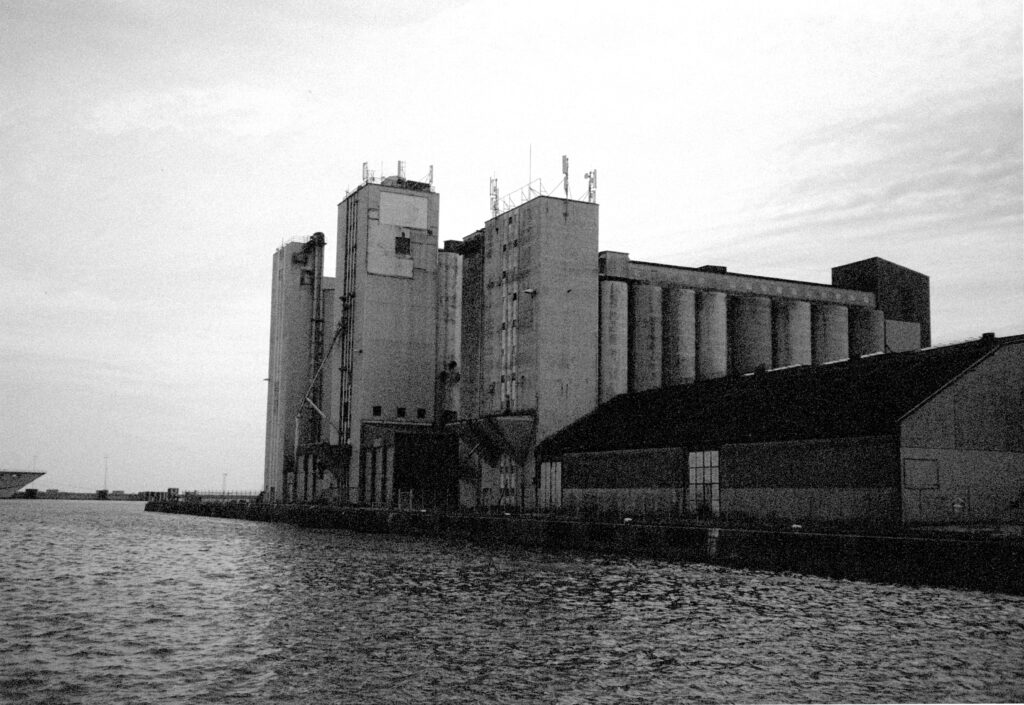
My first stop was the harbour in Ystad, which was a thriving place during the Middle Ages when the herring trade was at its most profitable. Smuggling between Ystad and Stralsund in Swedish Pomerania (now part of Germany) during Napoleon’s continental blockade was probably even more lucrative. This made Ystad a vital trade link with the UK, generating several major fortunes in the process. The renowned Swedish author August Strindberg famously described the town as a ‘smuggler’s and robber’s nest’. Today, Ystad is primarily a hub for ferry traffic between Sweden and Denmark, Poland, and Germany. Proud harbour buildings associated with agriculture and trade have been earmarked for demolition, but the neoclassical palaces, which were built using profits from smuggling, will be left intact.
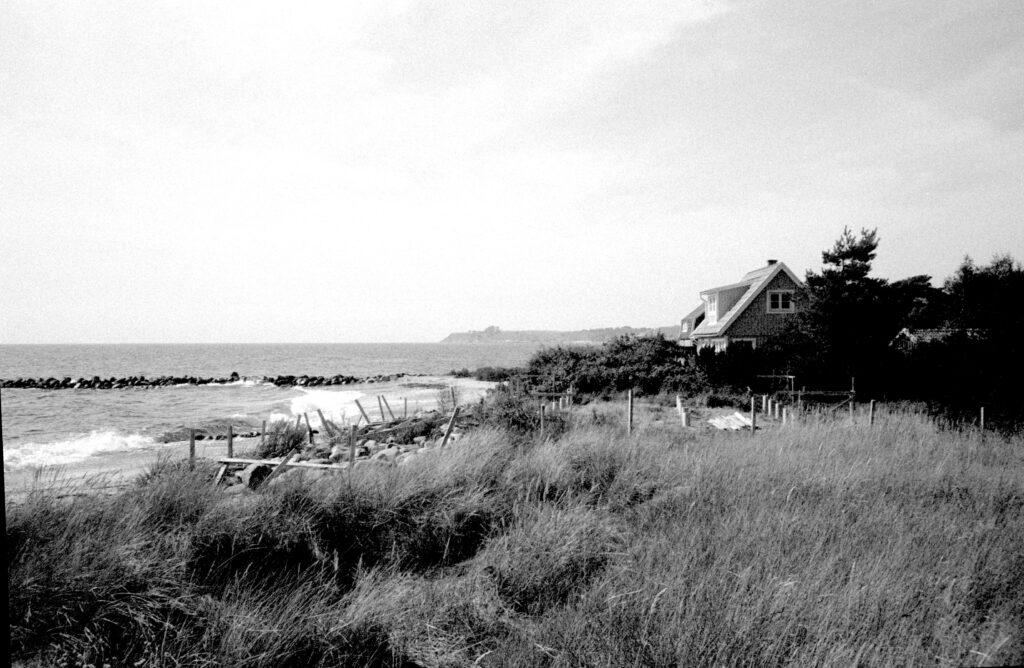
Löderups Strandbad is a seaside resort located 25 kilometres east of Ystad. In the 1960s, erosion increased significantly, destroying and threatening several houses. In an attempt to protect their properties, the owners reinforced the shorelines with truckloads of large stones, which made the beach an unpleasant place. What was once a wide, white, sandy beach filled with families sunbathing and swimming in the summer has become a place of lonely people, unwelcoming stone barriers and the foul smell of rotting seaweed.
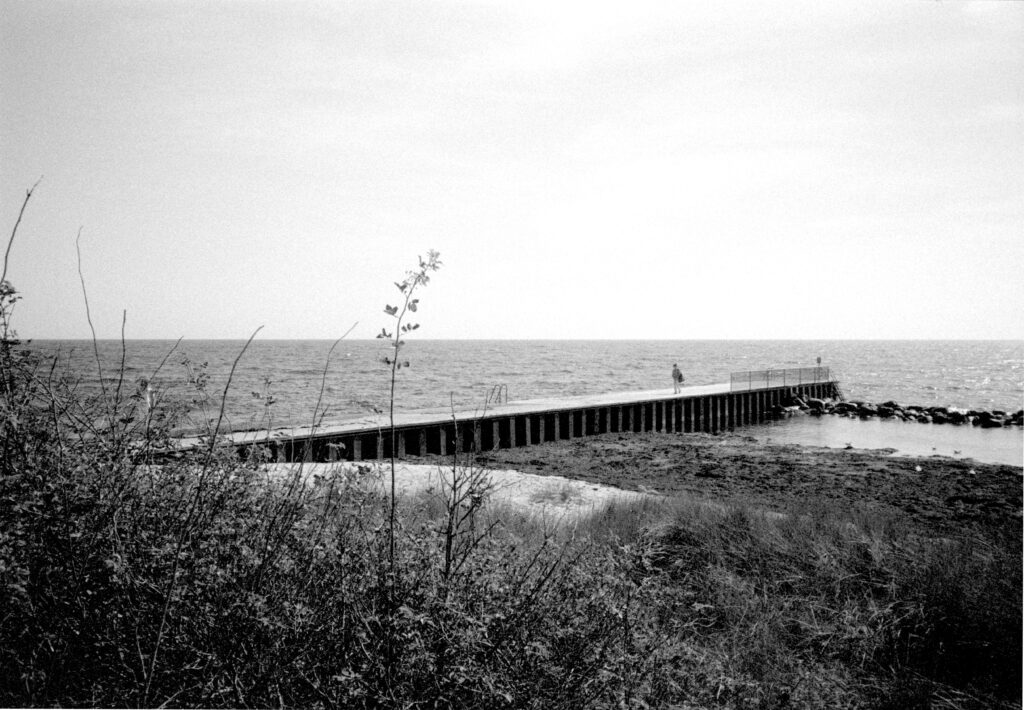
Further east, 12 kilometres south-southwest of Simrishamn, lies Skillinge, a village with origins dating back before the Viking Age. During the 19th century, it expanded from a small fishing community to become a harbour for one of Sweden’s largest sailing fleets, with 320 registered ships. However, the golden age of sailing soon came to an end when steamships rendered sailing ships obsolete. The last merchant ship registered in Skillinge was the Astrid. She departed her home port for the last time in 1976 and was later employed as a sail training ship, eventually sinking in the Irish Sea in 2013.
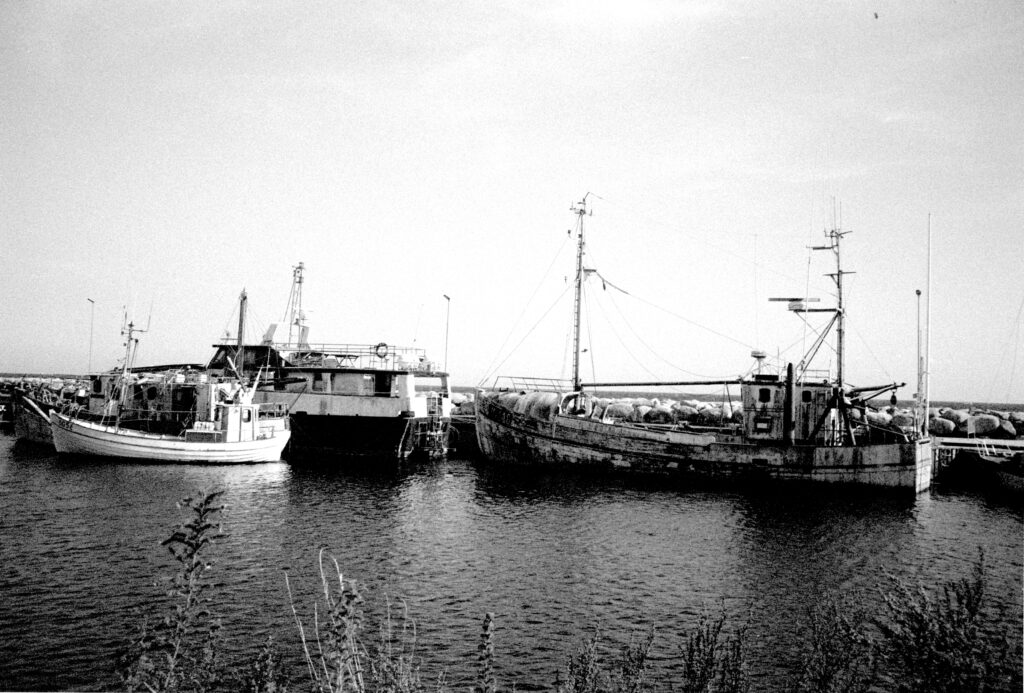
The harbour is less impressive today, but there is a renowned restaurant on the old main pier. If you’re looking for delicious fried plaice, it is worth a visit.
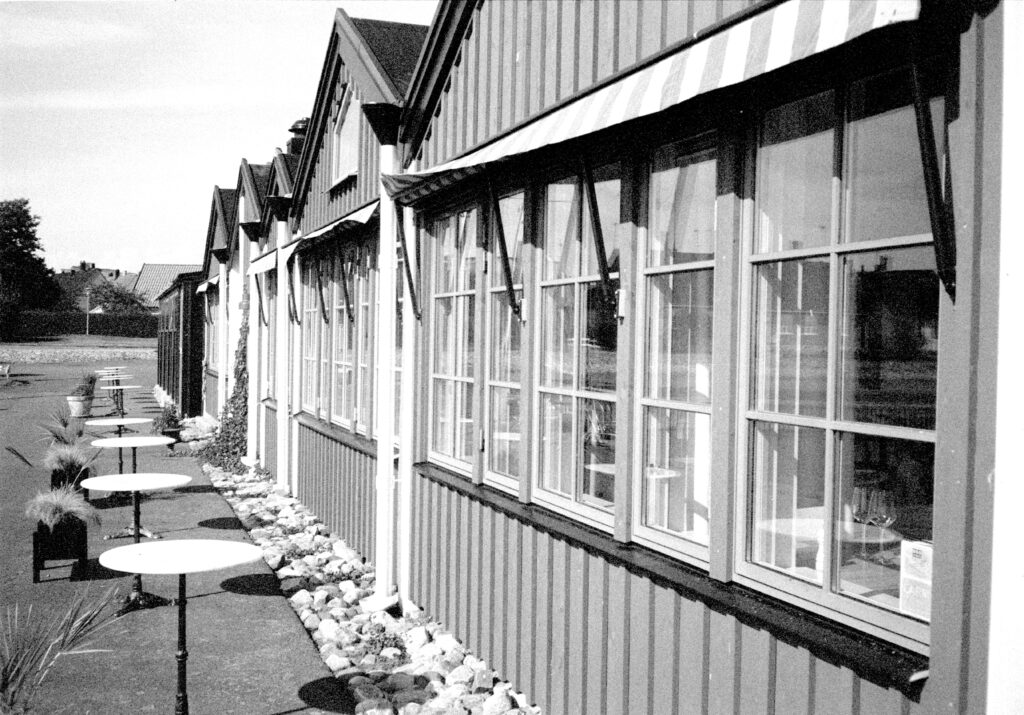
Share this post:
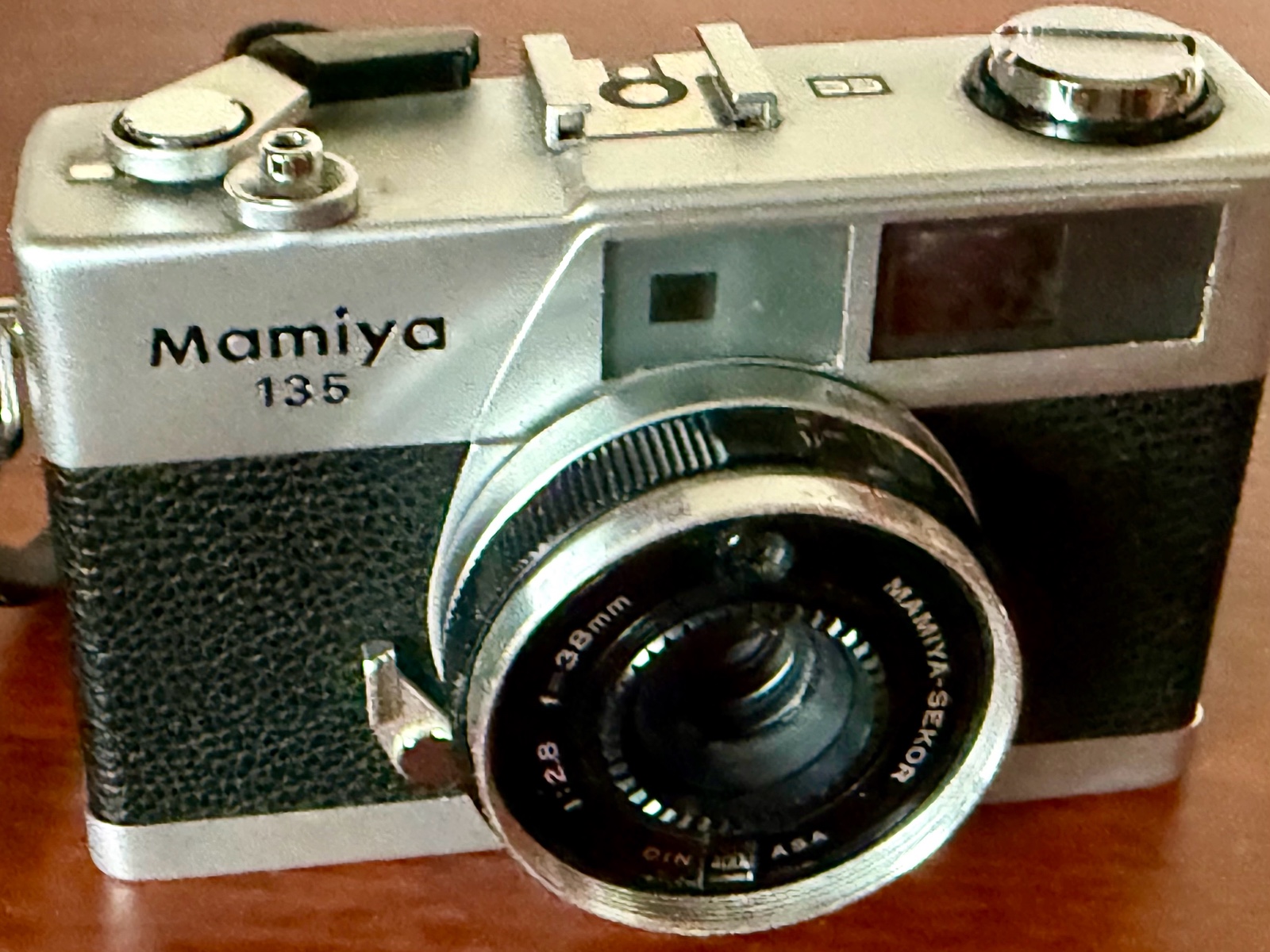
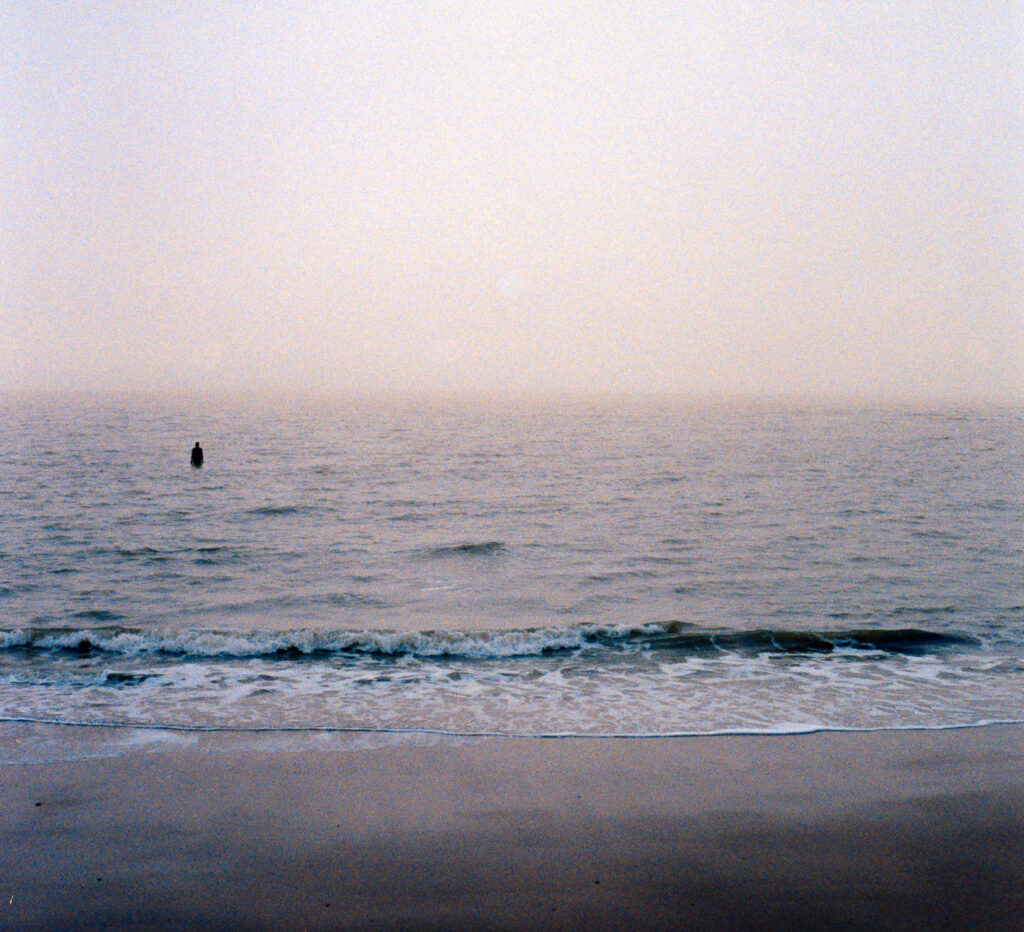
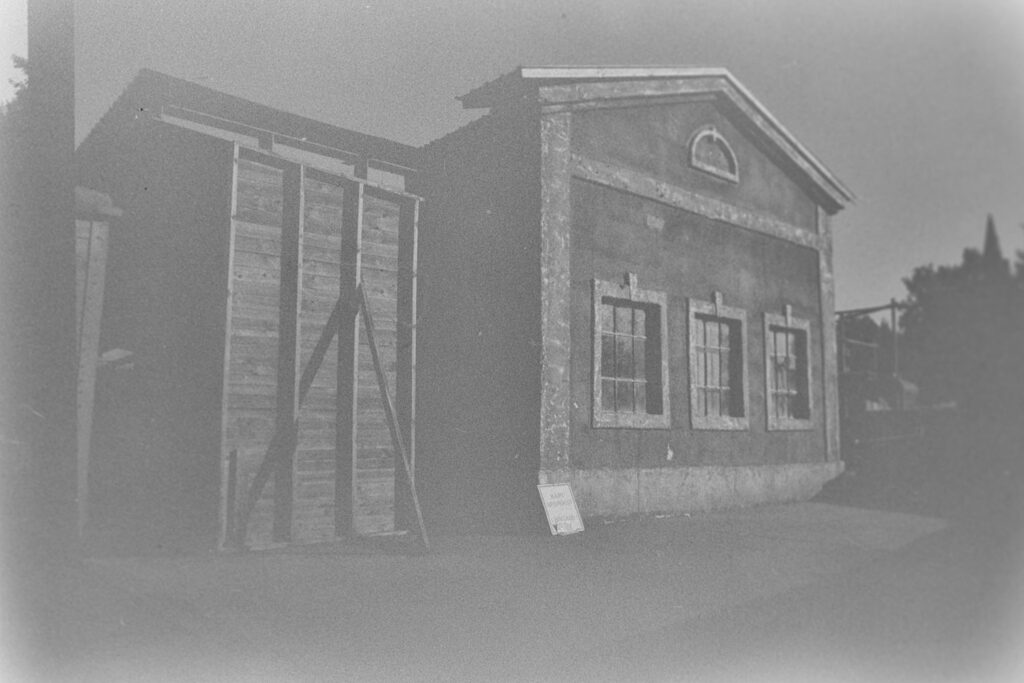
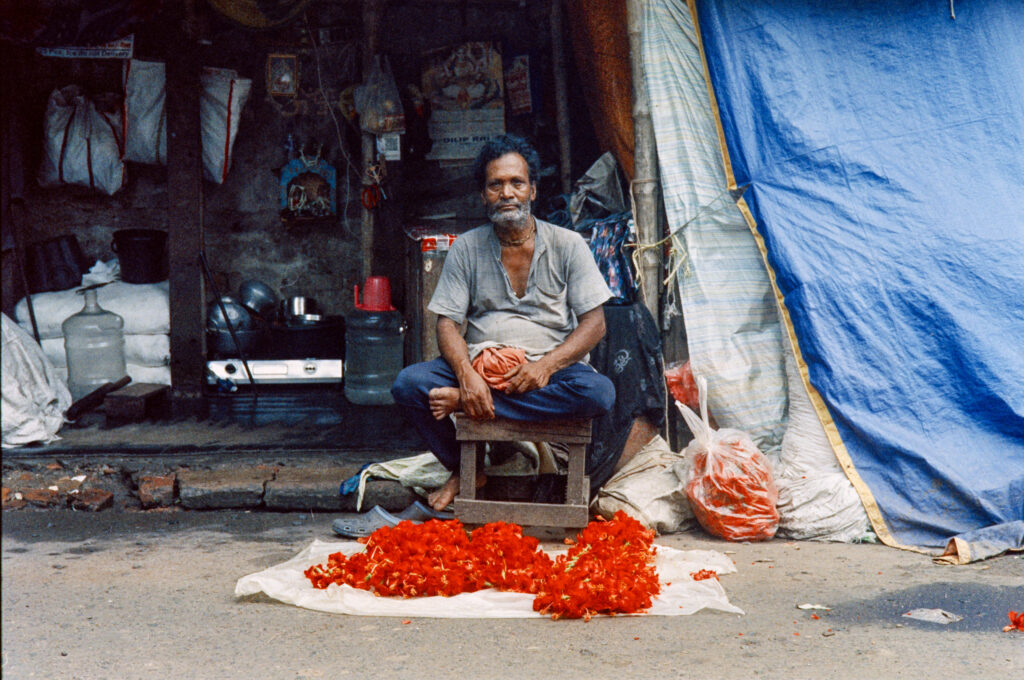
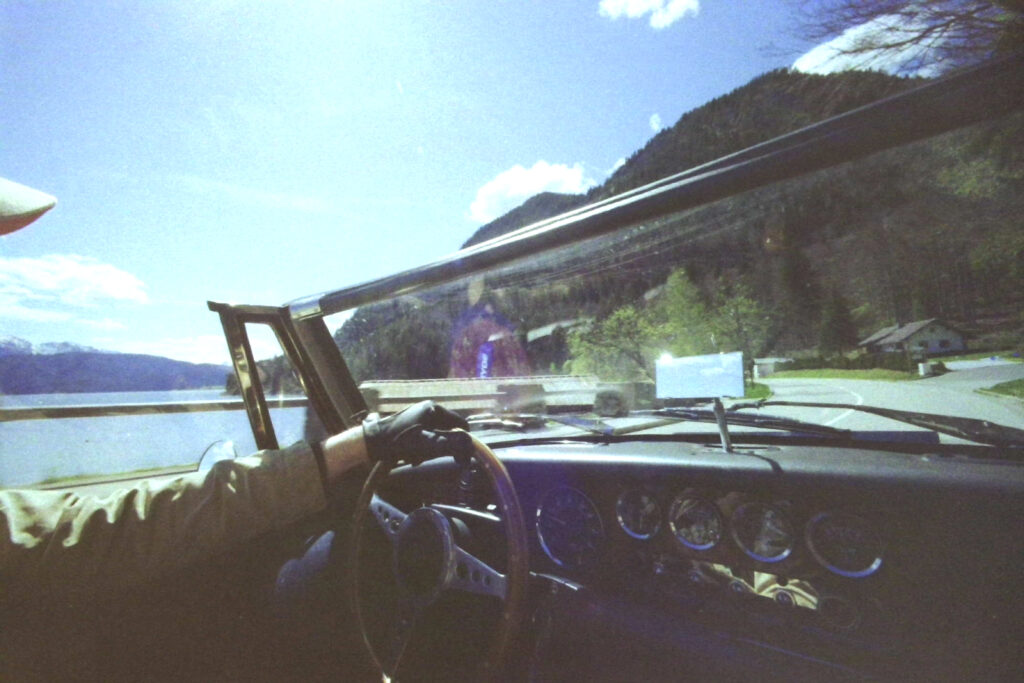
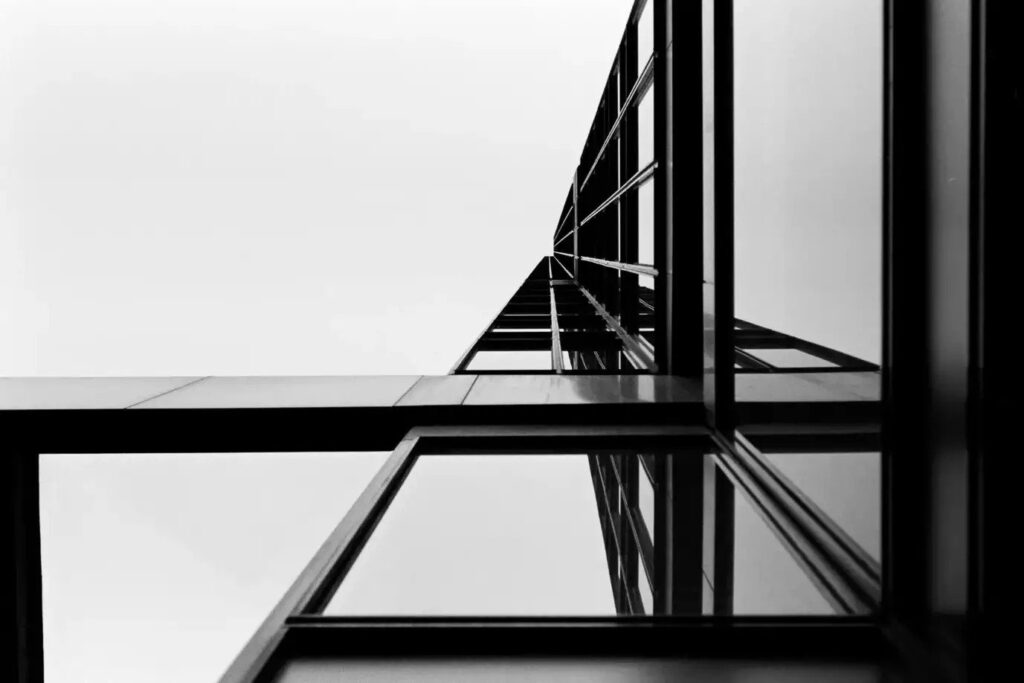
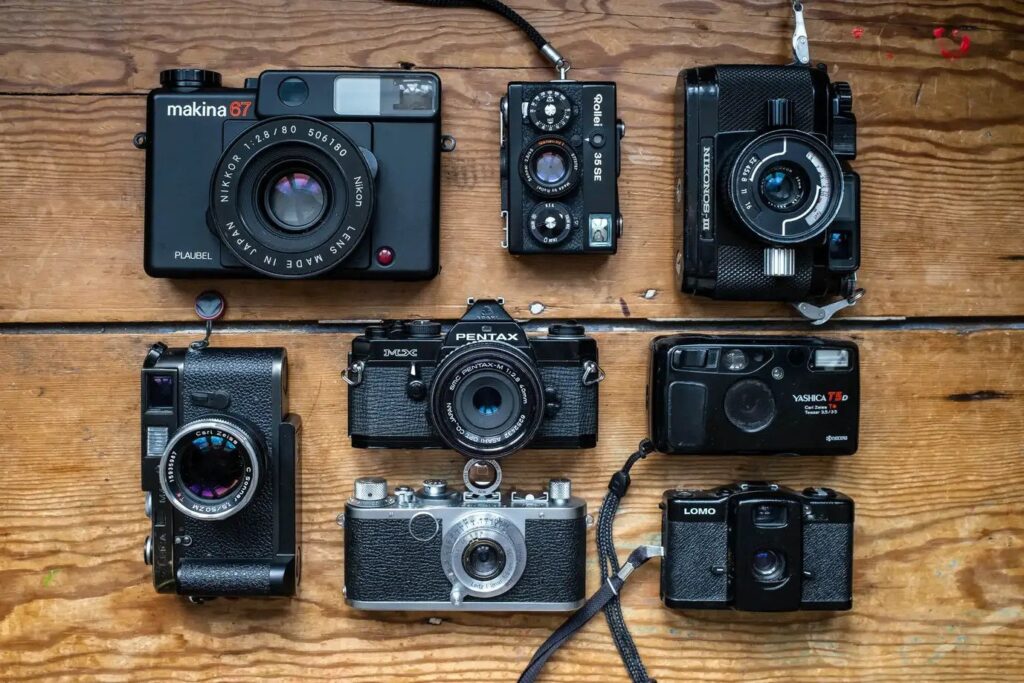
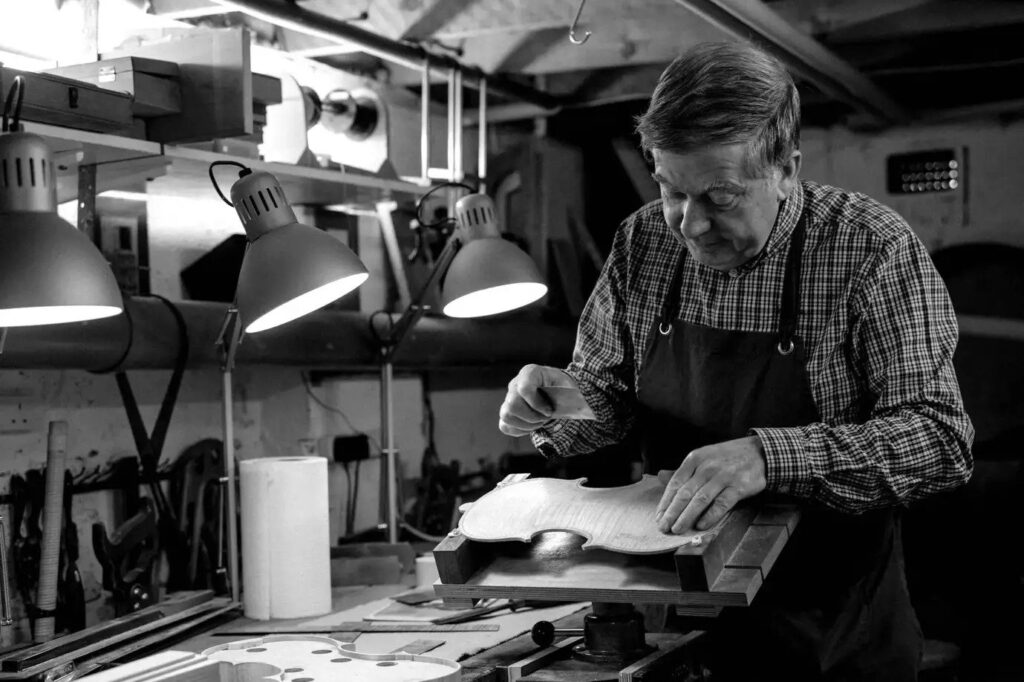
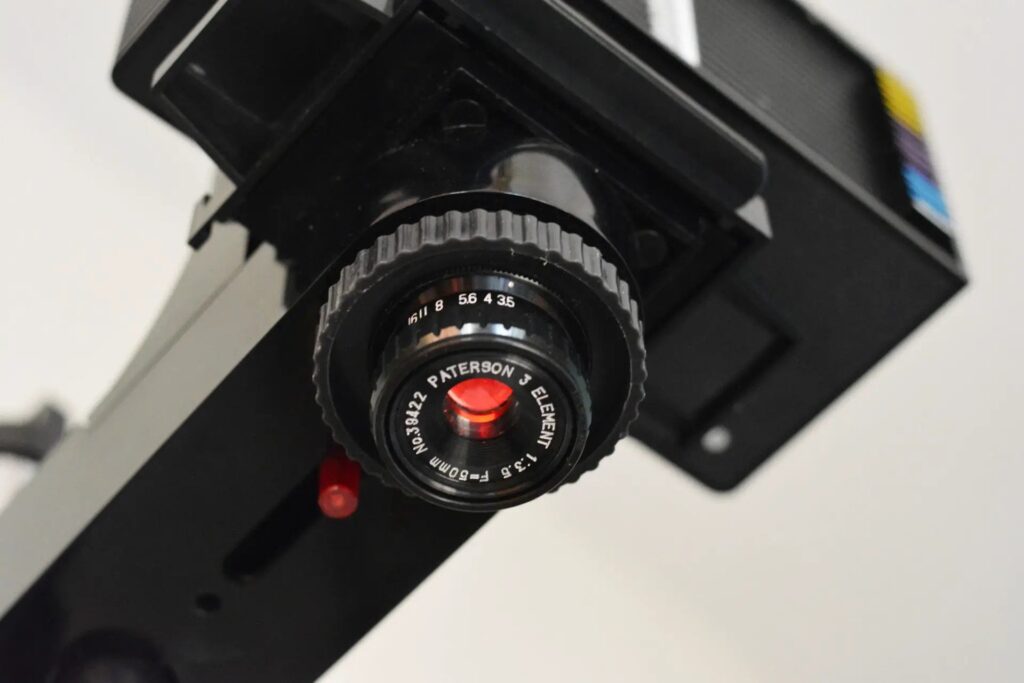
Comments
Charles Young on 5 Frames taken with a Mamiya 135 in south-eastern Scania
Comment posted: 25/10/2025
Hurrah for older rangefinder cameras!
Comment posted: 25/10/2025